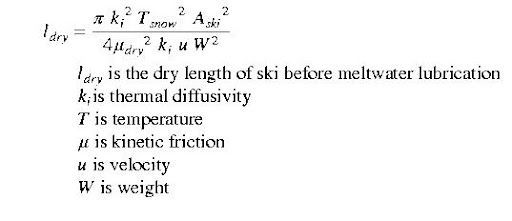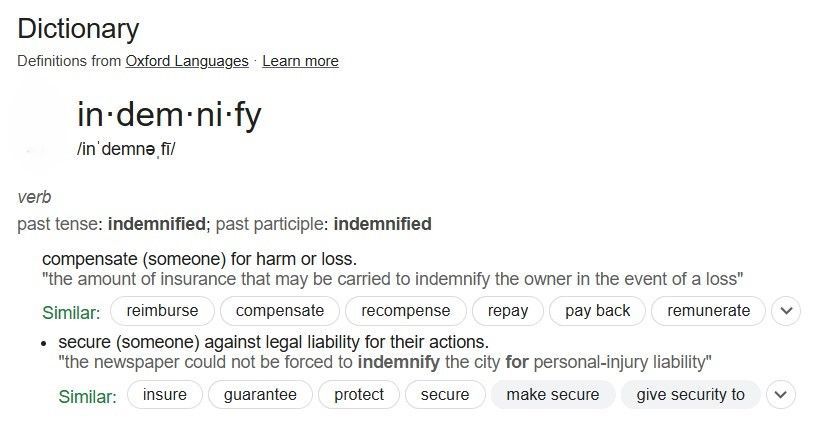PFAS, SCHMEEFAS!
What tf is PFAS, and why do I care?
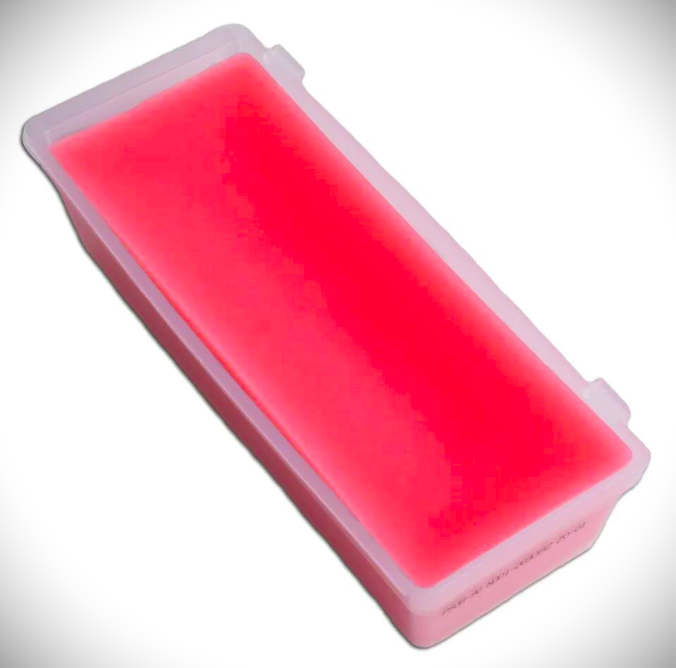
PFAS (per and polyfluoroalkyl substances), are a group of man-made chemicals that have been used in various industrial and consumer products since the 1940s. They are often referred to as "forever chemicals" because they don't break down easily in the environment. They are found in many everyday items, including non-stick cookware, food packaging, firefighting foam, water-repellent clothing, and (you guessed it) ski wax.
Odds are, if you own a ski shell or parka that's more than a couple years old, it was treated with a PFAS based product.
If you have used a high-end wax, odds are it has a PFAS based chemicals added into a hydrocarbon* base.
Have you ever heard of F-4, or some other rub on paste? You know, the stuff that reeks of chemicals, rubs onto your ski base and dries quickly...?
Well, F4 (and other pastes) are (were?) the penultimate source of PFAS in the ski industry. It increases the hydrophobic properties of wax such that glide and water repellency are vastly improved. The world cup circuit has been using it for decades.
Hydrophobic?
Isn't snow frozen?
Why is this a thing?
As a ski glides over snow, the friction melts the snow surface where it makes contact with the ski, for an instant. If the water can't be kept away from the base of the ski, it bonds to the ski base and creates "stiction"; a situation where the water creates a seal, like a vacuum, that slows down gliding skis.
Have you ever seen the science experiement where a drop or two of water is placed onto a clean pane of glass, then another pane is pressed to it, then some poor soul is forced to try and seaparate the two panes of glass?
It's darn near impossible.
The surface tension of the water, combined with atmospheric pressure and the principle of adhesion (a bond between the water and the molecules of glass) makes the two panes of glass stick together.
With your skis, the layer of wax helps prevent the adhesion, and the hydrophobic properties of the PFAS enhanced chemical causes the water to be (more or less) repelled from the waxed ski surface
That's the principle we're discussing.
This principle explains why skis are sticky in spring mank, or why it is that passing over puddles sitting on top of the snow pack are like slamming on the brakes.
This is why we use a yellow wax in warm, spring weather. A good, silicone based, yellow wax, will stop the water from bonding, and help the ski glide over the wet surface.
Add a PFAS based chemical to your hydrocarbon wax, and it's a bazillion times more water repellent than an infusion of silicone.
Science is everywhere- including the ski industry.
Wax mavens have known this forever. In a sport where races can be won or lost based upon thousandths of a second, the science of ski waxing plays a huge role.
That's not all...
Add a PFAS-based treatment to the outermost layer of your ski clothes, and ~POOF!~ You're warm and dry, instead of succumbing to hypothermia.
"Whoa dude, that sounds so important...
Why do we care about the stuff in the environment?"
Exposure to PFAS has been linked to a variety of health problems, including liver damage, immune system issues, and certain types of cancer. Once it's in your system, it's there forever. Hence, the moniker "forever chemical".
It can take over 1,000 years to break down in the environment.
There are over 4,700 PFAS chemicals in widespread use. Some get cleared out of the body in our urine in a matter of days, but others with a longer molecular structure can hang around in the body for years. It accumulates in the liver, kidneys, lungs, bones, and bloodstream.
It has been linked to liver cancer, along with kidney, bladder, testicular, prostate, breast cancer and leukemia. It's also been linked to changes in fetal and child development, liver damage, increased risk of thyroid disease, and lymphoma.
Well, f*ck.
We all thought the only harm skiing could do was blow out a few knees, break a few bones and leave you with some bumps and bruises (unless your last name is Kennedy, or Sonny Bono, of course).
I guess we screwed the pooch on that one.
On top of that, many of us old-timers in the ski industry have heard some scary stories related to it.
We used to add a layer of F-4 after we dripped on the appropriate hydrocarbon wax, then iron it in together. That was guaranteed to make your skis glide faster.
We all heard warnings that said never smoke a cigarette while ironing in F-4 or the resulting combination of expelled gasses from the wax and F-4, combined with whatever was in cigarette smoke, would kill you instantly.
...I guess that shoud've been a hint.
Urban legend or not. there's a reason that story circulated. Google couldn't find a specific article (most likely because this happened before the internet became a thing), but it does warn against it, citing health and safety hazards.
Shoot, SWIX (and other wax vendors) have entire lines of products dedicated to protecting yourself from wax fumes and the dust created while brushing your skis, post waxing.
Anyway, I digress.
For you chemist wannabe-geeks out there, PFAS, or per- and polyfluoroalkyl substances, are a large group of man-made chemicals characterized by their carbon-fluorine bonds. These bonds are extremely strong, making PFAS highly resistant to degradation in the environment and in the human body. The general chemical structure of PFAS involves an alkyl chain, typically with 2 to 16 carbon atoms, where fluorine atoms are bonded to the carbon atoms.
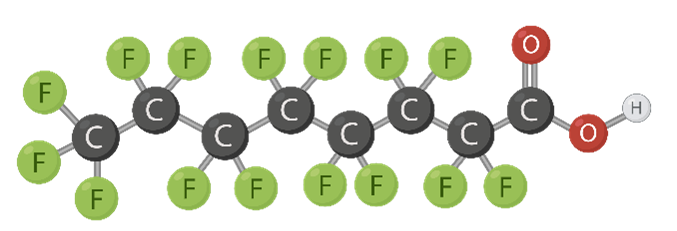

Basic chemistry told us that fluorine (F2) is pretty harmful stuff.
So, hey... why not bond it to carbon and make it indestructible?
Whodathunk that such chemicals could be dangerous?
I mean, we're all carbon based life forms, right? So, carbon must be OK...
Shoot, my dad, the auto and truck mechanic, used to hunt around for old fire extinguishers so we could wash our tools and car parts in carbon tetrachoride (another great cleaning chemical and fire retardant) and we never wore gloves to wash parts.
-Want to know a cool snippet about carbon tet? The instant you touch it, you taste it.
...and it's foul.
...and it lingers for days.
Who knew?
I guess we should've figured... We knew that carbon tetrachloride can eventually break down in the environment, but it does so through various complex chemical and photochemical reactions.
Looking a little deeper-
Carbon tet is a much simpler molecule:
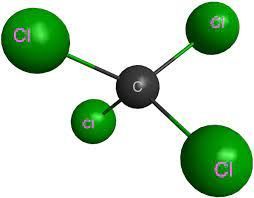
"Dude. Who cares about the sh*t you used to do to wash your car parts?"
Well, you read where I said we used F4 paste, a couple paragraphs ago, right?
Here's the molecure of PF4...
Replace the choride in CCL4 (carbon tet) wth fluorine and you get....

You guessed it; PF4.
-A carbon-fluorine molecule.
Shorter-chain molecules have a greater vapor pressure and are more easily vaporized, making them more accessible for combustion reactions.
Now we know why it's really dangerous to heat up then inhale-
In terms of how long it lasts in the environment-
In essence, it is generally considered easier to break down a long carbon chain molecule into smaller molecules, particularly through processes like cracking, which strategically target and cleave multiple C-C bonds to produce smaller hydrocarbons. Breaking down a single carbon atom molecule would involve overcoming the relatively stronger C-F bonds.
Soooooooo....
Long story short, now we understand why it's called a forever chemical.
Carbon chains are very strong, because they form stable covalent bonds with each other (the carbon atoms share electrons, which is wicked strong, and wicked stable bruh).
Case in point; water (H2O) molecules are formed with covalent bonding, and you can heat and freeze that shit forever, and when it returns to room temperature, it becomes water again.
Get it?
While my understanding of organic chemistry is limited to high school chem, from more than 40 years ago, and I may have skipped a couple pieces of the scientific flotsam, the point remains; forever chemicals with a carcinogenic nature are bad.
PFAS, in general:
- Unlike many other chemicals, there aren't natural biological or chemical processes that effectively break down PFAS in the environment.
- It's also persistent in Water and Soil; Due to their stability, PFAS can persist in water and soil for long periods, potentially contaminating drinking water sources and accumulating in ecosystems.
So, FIS has banned the stuff.
Here's a summary of the restrictions:
- Initial Ban: In 2019, FIS announced a ban on the use of PFAS in waxes, which was planned to be enforced starting in the 2020-2021 season.
- Targeted Ban: From the 2021-2022 season onwards, FIS prohibited the use of products containing C8 fluorocarbons, including Perfluorooctanoic acid (PFOA), at all FIS events.
- Full Fluorine Ban: A total ban on fluorine in competitive skiing, including all types of fluorinated compounds and additives in ski waxes, took effect at the beginning of the 2023-2024 season.
Now what? I've got a huge can of F-4, hidden in my [I'll never tell] that I can't use anymore.
Wanna buy some stuff that will make your skis REALLY fast?
I mean, it's not illegal to sell it....
Selling PFAS-based chemicals is not outright illegal in the United States, but regulations are increasingly restricting their sale and use, both at the federal and state level.
Here's a breakdown of the current situation:
- Federal regulations:
- The Environmental Protection Agency (EPA) has been working to regulate PFAS under the Toxic Substances Control Act (TSCA).
- Recent actions include requiring reporting on PFAS manufacturing and use, establishing drinking water standards, and classifying certain PFAS as hazardous substances.
- State regulations:
- Many states have implemented bans or restrictions on PFAS in various consumer products, like food packaging, textiles, and firefighting foam.
- For example, California's AB-1817 will prohibit the manufacture, distribution, and sale of new textile articles containing regulated PFAS starting January 1, 2025. Minnesota's Amara's Law prohibits intentionally added PFAS in products like carpets, cleaning products, cookware, and cosmetics, also starting in 2025.
Key takeaways:
- It's a complex and evolving landscape: Regulations vary significantly by state and type of product.
- Focus on "intentionally added PFAS": Many regulations target products where PFAS are deliberately included for a functional purpose, such as water or stain resistance.
- Watch for "currently unavoidable use" exemptions: Some regulations include exemptions for situations where PFAS are currently essential and no viable alternatives exist.
- Disclosure requirements are becoming common: In some cases, even when a ban isn't yet in effect, products containing PFAS may require labeling or disclosure statements.
So, you can buy it, but you can't really use it.
It's kinda like THC and abortion... it ain't illegal, but it kinda is.
Anyway, I'm not goin' there.
That's my PSA for today.
I kinda hoped to avoid a long and drawn out mansplain of how PFAS is in the waterproofing for ski clothes and also in ski waxes...
...just a, you know, a "heads up".
I kinda failed.
I hope it makes a little more sense now.
Anyway, the price of high end ski wax has jumped significantly these days, and I can't buy a can of spray on wax and have it shipped to Massachusetts anymore.
Why do I care?
Well, the yellow spray-on is a magic cure for spring mank.
It ain't perfect, but it's a quick fix.
I guess I'll have to find whats left of my old block of rub-on silver wax (IYKYK).
Next, we'll talk about micro-plastics and fleece clothing.
...sigh...
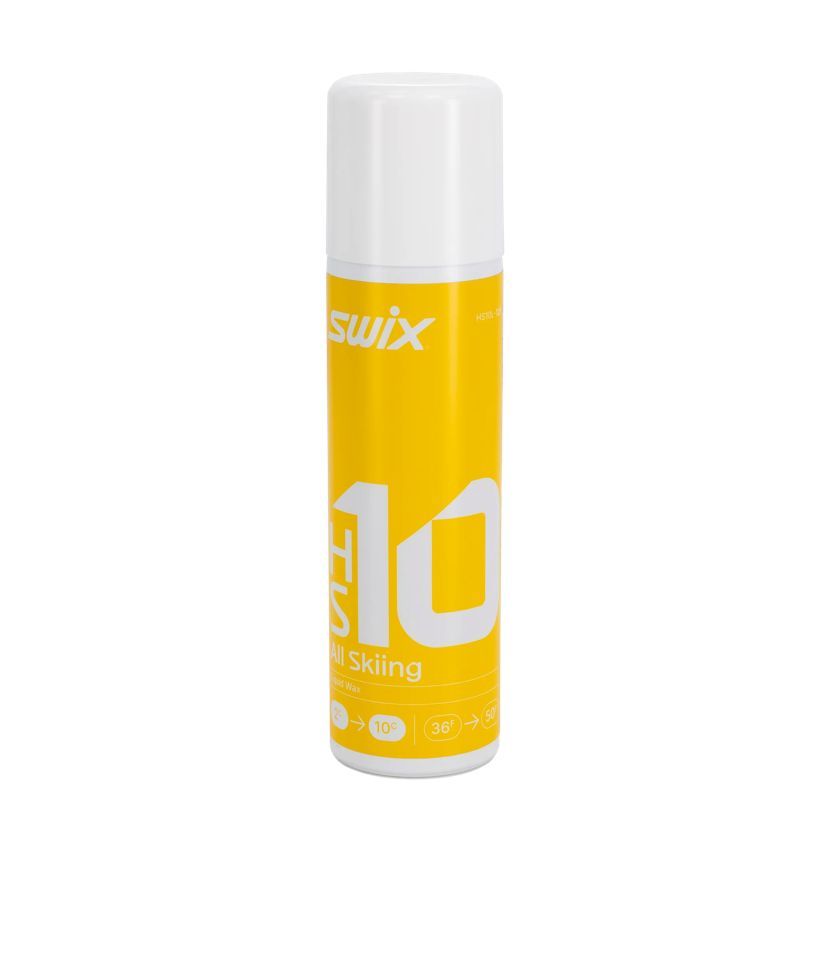
* A hydrocarbon is an organic chemical compound made up entirely of hydrogen and carbon atoms. These compounds are the primary components of fossil fuels like crude oil, natural gas, and coal. They are important for energy and serve as raw materials for countless products, including fuels (gasoline, propane), plastics, solvents, and synthetic materials. Hydrocarbons vary in complexity, from simple gases like methane to large polymers and complex structures.





